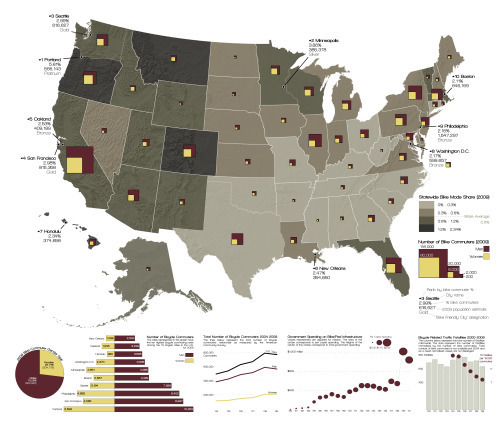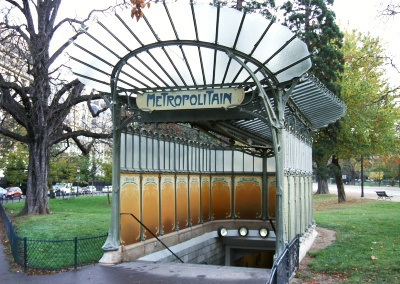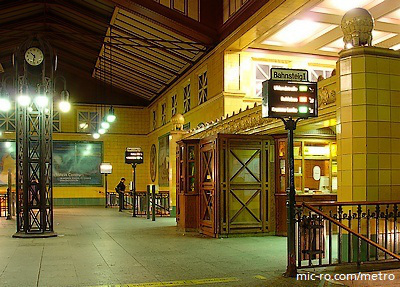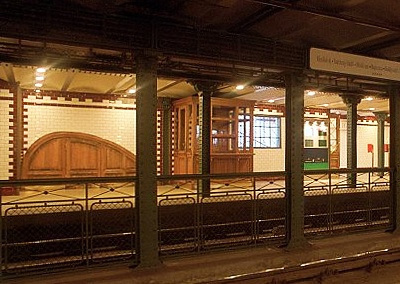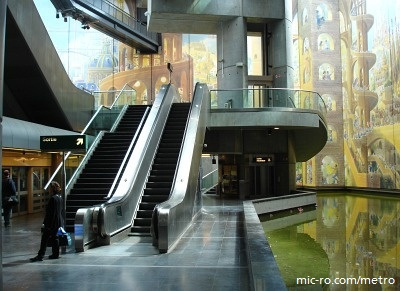Ozzie Zehner's Blog, page 4
February 2, 2012
10 lessons from the world’s great biking cities
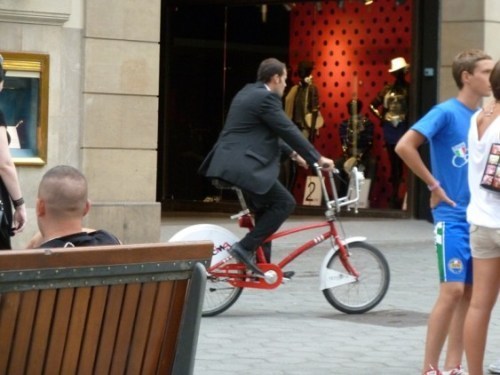 Sightline and Grist published a piece by Christine Grant on ten lessons learned from the world’s great biking cities. I recommend checking out the full article and images. Here’s the lineup:
Sightline and Grist published a piece by Christine Grant on ten lessons learned from the world’s great biking cities. I recommend checking out the full article and images. Here’s the lineup:
It’s the infrastructure, stupid!
Bike share!
It’s safer than a sofa
Say “thank you” to bikers
Turn streets into backyards
Let prices tell the truth
You don’t need “bike clothes”
Electrify it
Admit it: It’s emotional
It’s a virtuous cycle
I would add bicycle insurance to the list. Many forms of insurance, including transportation liability insurance, are not available to bicyclers in the United States unless they own a car.
See more about the book John Perkins is endorsing here.








10 lessons from the world's great biking cities
 Sightline and Grist published a piece by Christine Grant on ten lessons learned from the world's great biking cities. I recommend checking out the full article and images. Here's the lineup:
Sightline and Grist published a piece by Christine Grant on ten lessons learned from the world's great biking cities. I recommend checking out the full article and images. Here's the lineup:
It's the infrastructure, stupid!
Bike share!
It's safer than a sofa
Say "thank you" to bikers
Turn streets into backyards
Let prices tell the truth
You don't need "bike clothes"
Electrify it
Admit it: It's emotional
It's a virtuous cycle
I would add bicycle insurance to the list. Many forms of insurance, including transportation liability insurance, are not available to bicyclers in the United States unless they own a car.
See more about the book John Perkins is endorsing here.








January 24, 2012
Electric Cars? No. Bicycles? Yes.
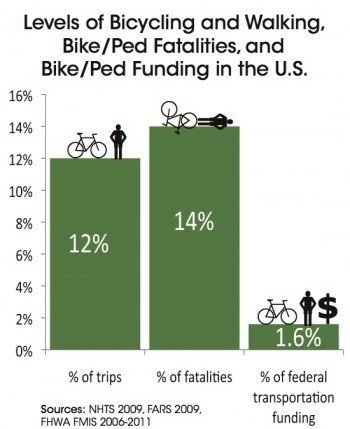 I was recently quoted by both USA Today and FOX News regarding my take on priority parking for electric vehicles. I argued that American taxpayers give electric car owners tax breaks and credits to buy their vehicles as well as priority parking and special freeway lanes even though there's no evidence they've done anything positive for the environment in return. In fact, the mining, heavy metals, and other side effects of electric car production and operation are likely worse for the environment when compared to traditional gasoline-powered vehicles, and will be for some time according to a National Academies report.
I was recently quoted by both USA Today and FOX News regarding my take on priority parking for electric vehicles. I argued that American taxpayers give electric car owners tax breaks and credits to buy their vehicles as well as priority parking and special freeway lanes even though there's no evidence they've done anything positive for the environment in return. In fact, the mining, heavy metals, and other side effects of electric car production and operation are likely worse for the environment when compared to traditional gasoline-powered vehicles, and will be for some time according to a National Academies report.
If stores and organizations wish to minimize their environmental footprint, then they can give priority access to bicyclers and pedestrians. Congress can do the same.
Bicycling is booming across the country right now but Congress has taken no notice of the trend. Congress is actually moving to lower bicycle and pedestrian transportation funding, which already represents less than 2% of the total transportation budget. (See the just released Alliance for Biking and Walking's 2012 Benchmarking Report)
Senate bill 1813 has left committee and will be up for a vote soon. In its current form, it will shrink bicycle and pedestrian support by eliminating dedicated funding for programs such as the broadly successful Safe Routes to School (SRTS) initiative. It will lump other types of pedestrian and bicycle funding into a discretionary budget to be apportioned by state governments. States would be free to divert bicycle and pedestrian funding within their borders to automotive projects.
Congress is framing all of these cuts as a way to save money. But if Congress is serious about stabilizing the nation's balance sheets, they'll stand up to thirsty car-culture lobbies and back low-cost bicycle and pedestrian improvements that pay durable dividends.
– Ozzie Zehner is the author of Green Illusions: The Dirty Secrets of Clean Energy and the Future of Environmentalism








January 14, 2012
New Infographic: Bicycling Rates, Deaths & Funding in the US
Here's a handy new infographic from Kory Northrop, a grad student at the University of Oregon. The main graphic breaks down bicycling commutes by state.
The infographic also displays federal infrastructure funding, bicycle-related traffic fatalities, and the top cities for bicycling in the US. You can view the massive full-size graphic here.








December 21, 2011
How Congress is Bribing You to Drive in 2012
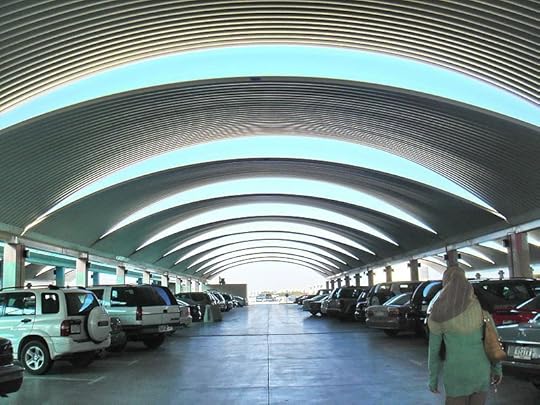
Glorious Parking (photo by Faris Ali)
How Congress is Bribing You to Drive in 2012
By Ozzie Zehner
These are the final few days for public transit riders to receive the same federal transportation benefits as drivers. Starting on January 1, 2012, the IRS will reduce the allowable pre-tax contributions to transit users while increasing benefits for drivers. This tax subsidy supports car culture with twice the gusto of transit.
The Senate could have extended the transit benefit this week. But it failed.
Senate Republicans linked the transit benefit extension to a vote that would require Obama to approve or deny the Keystone XL pipeline within 60 days. In response, the editors of the Washington Post ran an editorial on December 19th claiming Congress is taking Americans for a ride:
"Whether the federal government should give a tax break to workers to help pay for their commutes is a question that is certainly worthy of discussion. What shouldn't be on the table is giving a bigger edge in any subsidy to those who drive, as opposed to those who use mass transit — since there is no reason to encourage more traffic, more pollution and more gas consumption…increased use of public transportation benefits everyone — even those who choose to drive because there are fewer cars on the road. No such argument can be made in subsidizing the parking costs of those who drive to work. Workers can choose to drive and park — but there is no public interest in government picking up part of the tab."
The IRS has announced the following limits for pre-tax contributions and reimbursements on 2012 Commuter Benefits Accounts:
Transit pre-tax contributions: Decrease from $230 to $125 per month
Parking pre-tax contributions: Increase from $230 to $240 per month
This outcome, intended or not, is clear: Congress will be bribing us to drive in 2012. That is unfortunate news for both public transit agencies and their riders.
History: The American Recovery and Reinvestment Act of 2009 (ARRA) increased the monthly pre-tax reimbursement limit for Commuter Benefit Transit accounts temporarily from $120 to $230. That limit expires on December 31, 2011.
Status: Congress has not acted to extend the current deadline. Unless they take action by January 1, 2012, the monthly pre-tax contribution and reimbursement limits for transit accounts will drop to $125, roughly half the limit for drivers. There is a small chance, according to Transportation For America, that the benefit could be reinstated within the first few months of 2012.
Shameless Plug: Read about hidden car culture subsidies in my upcoming book: GreenIllusions.org








December 3, 2011
World’s Most Ornate Subways
Komsomolskaya station on the central circle line of Moscow was built in 1952 as a “palace for the people.”
This entrance to Porte Dauphine station (Paris, c. 1900) is one of the 88 remaining Art Nouveau enclosures designed by Hector Guimard.
Platform of Avtovo station in Saint Petersburg (c. 1955).
Platform of the T-Centralen station on Stockholm’s Blue Line, designed by Per Olof Ultvedt (c. 1975).
Berlin’s Wittenbergplatz station (c. 1913) with its understated elegance is one of seventy stations designed by Alfred Grenander.
Hungary’s Millennium Underground was the first subway on the European continent (c. 1896) and is now a UNESCO World Heritage site.
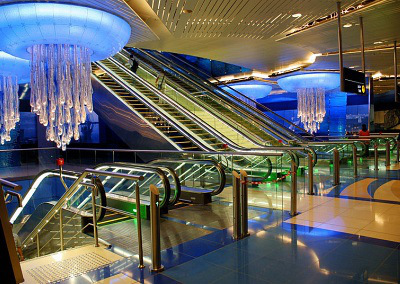 Jellyfish chandeliers hang from above in Dubai’s Khalid Bin Al Waleed station.
Jellyfish chandeliers hang from above in Dubai’s Khalid Bin Al Waleed station.
Gare Lille Europe station in is a stop on France’s VAL driverless metro system (c. 1983).
Discover the secret to successful mass transit in Green Illusions.








World's Most Ornate Subways
Komsomolskaya station on the central circle line of Moscow was built in 1952 as a "palace for the people."
This entrance to Porte Dauphine station (Paris, c. 1900) is one of the 88 remaining Art Nouveau enclosures designed by Hector Guimard.
Platform of Avtovo station in Saint Petersburg (c. 1955).
Platform of the T-Centralen station on Stockholm's Blue Line, designed by Per Olof Ultvedt (c. 1975).
Berlin's Wittenbergplatz station (c. 1913) with its understated elegance is one of seventy stations designed by Alfred Grenander.
Hungary's Millennium Underground was the first subway on the European continent (c. 1896) and is now a UNESCO World Heritage site.
 Jellyfish chandeliers hang from above in Dubai's Khalid Bin Al Waleed station.
Jellyfish chandeliers hang from above in Dubai's Khalid Bin Al Waleed station.
Gare Lille Europe station in is a stop on France's VAL driverless metro system (c. 1983).
Discover the secret to successful mass transit in Green Illusions.








November 21, 2011
Updated: New Images and Updates from UC Davis Ongoing Protest

UC Davis protest in the university's main quad on Monday November 21st (photo by Aaron Norton)
Davis, CA - Thousands of students are overflowing the Quad, a central square on the University of California Davis campus today, to ask Chancellor Linda Katehi to resign following a teargassing of students by police last week. Over 60,000 people have signed a petition for her resignation.
Fighting back tears, Katehi spoke to the crowd, which was jeering, hissing, and shouting for her to resign. She apologized, made a brief reference to the 1973 protests that ripped through her Alma mater campus in Greece, and then left after being swamped by reporters.
The UC Davis English department has issued a recommendation to ban city police activity on campus and disband the campus police force. Protesters are also calling for a federal investigation into the teargassing, arguing that prosecutions should be made.
Students are currently deliberating on a general strike which would take place on the Monday following Thanksgiving.
– Ozzie Zehner








November 12, 2011
DIY Bike Lane for $1000
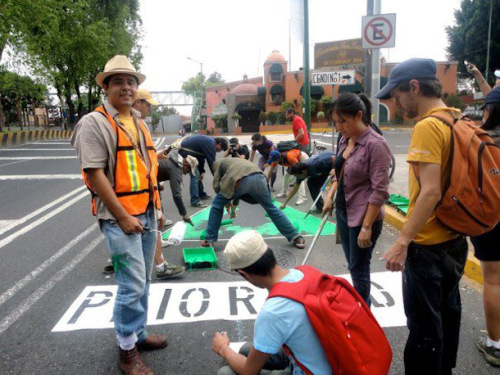
Photo from thisbigcity.net
Five years ago, Mexico City pledged to paint 300km of bike lanes on existing streets throughout the city by 2012 but the government has been slow to respond. Only 22 km have been painted so far. So, Mexico City bikers raised $1000 to buy some paint.
Political science student Jimena Veloz reported on the one-day event at thisbigcity.net:
"We bought paint, brushes and rollers. We built wood signs. We cut stencils. We borrowed a tricycle to carry everything. We invited everyone we knew and told them to come help…We worked for 8 hours. We painted 5 kms. We spent less than 1000 dollars. How much would it cost to actually build the bicycle infrastructure the city needs?"
See more about the book John Perkins is endorsing here.








November 10, 2011
Harvard Students Walk Out on Economics Professor
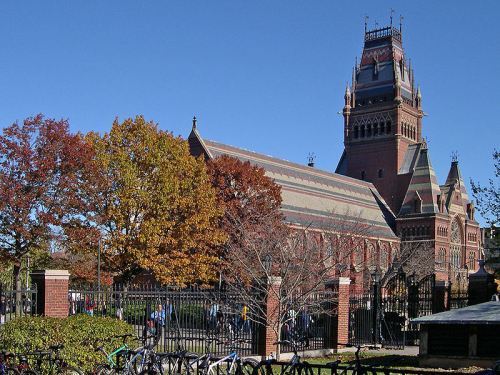
Photograph by Jacob Rus
Harvard students attending an introductory economics course recently walked out to protest a "bias inherent" in the lectures. The course, Economics 10, is taught by Harvard economics professor Greg Mankiw. The course is required for several concentrations including Economics as well as Environmental Science and Public Policy.
Below is an excerpt from the students' open letter:
"Today, we are walking out of your class, Economics 10, in order to express our discontent with the bias inherent in this introductory economics course. We are deeply concerned about the way that this bias affects students, the University, and our greater society…
…Harvard graduates play major roles in the financial institutions and in shaping public policy around the world. If Harvard fails to equip its students with a broad and critical understanding of economics, their actions are likely to harm the global financial system. The last five years of economic turmoil have been proof enough of this.
We are walking out today to join a Boston-wide march protesting the corporatization of higher education as part of the global Occupy movement. Since the biased nature of Economics 10 contributes to and symbolizes the increasing economic inequality in America, we are walking out of your class today both to protest your inadequate discussion of basic economic theory and to lend our support to a movement that is changing American discourse on economic injustice."
See more about the book John Perkins is endorsing here.










